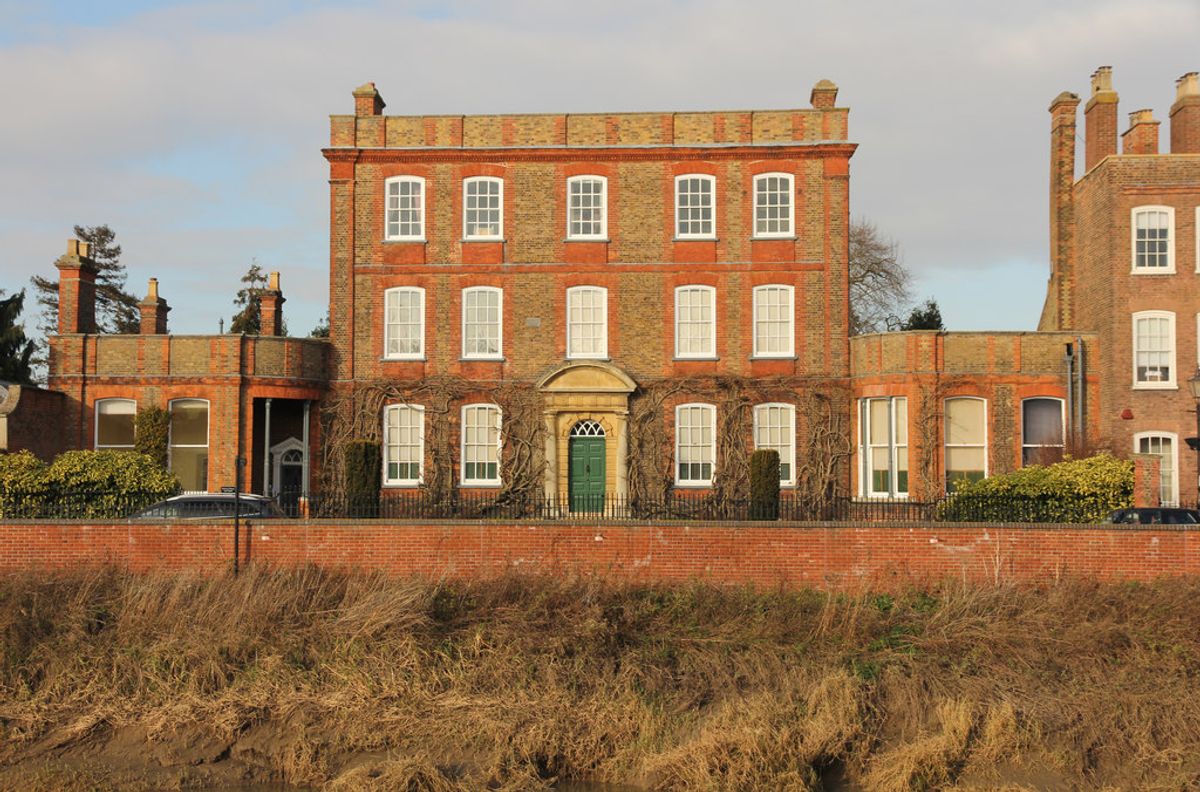It has been a year since the National Trust announced sweeping redundancies, a move it said was vital to protect the charity from a projected £200m loss due to Covid-19. The redundancies came as part of a wider restructuring, designed in part to reduce the costs of running its historic houses. However, the Trust’s latest annual accounts call into question the need for such significant job losses. Far from making a loss, it ended the financial year 2020/21 richer than ever.
What the Trust calls its “primary measure of financial performance”, its Operating Margin, was 19.8% during the pandemic, not much less than its average margin in good years. It is true total income declined significantly, from £680m to £507m. But there were also reductions in spending that would have occurred had properties been open as normal, such as seasonal staff. A pause of £85m of conservation projects helped bring total expenditure down to £514m (from £699m the year before). The furlough scheme provided a cushion of almost £50m, and membership income remained stable, at £267m. Shrewd investment decisions, and the stock market’s recovery, have seen the endowment perform well, against the Trust's expectations at the beginning of the pandemic. In all, the total funds stand at £1.46bn, an increase of £175m on the year before.
Moreover, these figures were achieved before the full savings of the restructuring have made a dent in the Trust’s bottom line. In fact, this year the regular staff costs increased, mainly due to redundancy costs of £22.3m. Those who lost their jobs will be disappointed—but perhaps not surprised—to find that the number of the Trust’s most highly paid staff, those whose salary and benefits exceed £60,000, has increased too.
Some suspected the Trust of using the pandemic as a pretext for long-held plans to make its historic houses, the most expensive part of its portfolio, cheaper to run. A leaked Trust “vision paper” proposing a wholesale restructuring of its historic houses was written in May, less than two months after the first lockdown. It felt surprisingly well formed. This document, dismissed by the Trust's chief executive Hilary McGrady as a “starter for ten” discussion paper, spoke dishearteningly of “flexing our mansion offer”, and “rationalising” (for which read, reduce) the number of items on display.
And might the restructuring yet end up costing the Trust more than it was worth? We have just had a staycation summer like no other, and unprecedented demand for the kind of heritage attractions the Trust does so well. But those wanting to visit the Trust’s properties are finding many of them to be less accessible than they used to be. Peckover House in Wisbech, previously open for self-guided visits, must now be booked in advance for guided tours only available at 11am and 1pm, Thursday to Monday. How many visitors and cream tea buyers is the Trust missing out on? And when it does try to rehire staff, what will the extra costs of rising wages be?
Few will blame the Trust’s leadership for feeling the need to take drastic measures at the start of the pandemic. However, the speed with which the restructuring was implemented seems, in hindsight, both panicked and unnecessary. In all, 1,767 staff lost their jobs. For many, the process was a brutal one. Some were dismissed with barely any notice. For others, losing a job also meant losing a home. In the end, the Trust weathered the storm. Those cast adrift have every right to feel aggrieved.



